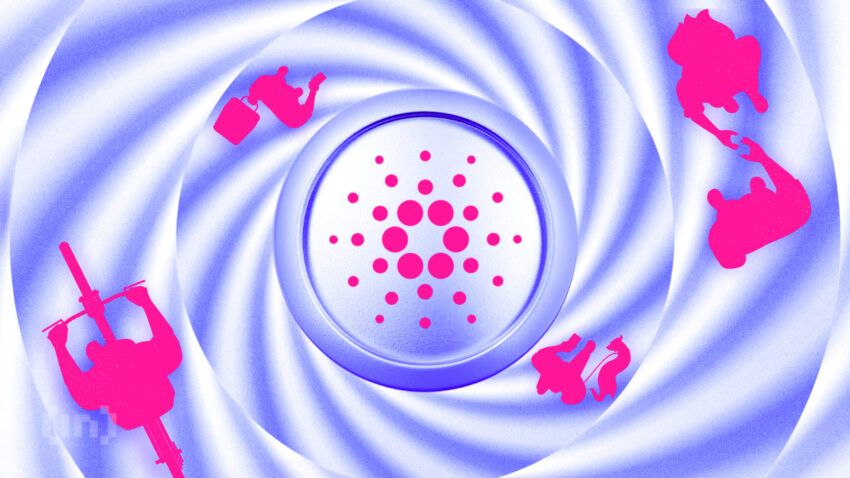Cardano Passes Plomin Hard Fork and Releases Roadmap of Upcoming Changes
Cardano launches the Voltaire era with the Plomin hard fork, enabling full decentralized governance and key blockchain upgrades.
- Cardano is entering the Voltaire era with a roadmap focused on scalability, usability, and utility for decentralized governance.
- The Plomin hard fork activates this week, granting ADA holders real voting power and restructuring governance for full decentralization.
- Despite community support, ADA's price struggles after early January gains, though developers plan major upgrades for scalability and utility.

Cardano is fully entering the Voltaire era of decentralized governance, and it released a roadmap to explain the rollout of these changes. It identifies three categories that require meaningful upgrades: scalability, usability, and utility.
The Plomin hard fork takes effect today after a successful proposal to the Cardano Foundation. This promises to completely change the blockchain’s governance model with a more decentralized focus.
Cardano Enters a New Governance Era
Charles Hoskinson, founder of Cardano, claimed that the network’s era will be defined by community governance, with increased transparency and autonomy. The roadmap also details several important upgrades, such as ZK rollups and data API services, to make the blockchain more scalable.
The roadmap also detailed an on-chain fund, ‘Catalyst,’ that will help bootstrap the development of Dapps and other projects on the network.
However, it seems clear that governance changes are a key priority for developers. In December, Hoskinson criticized the Cardano Foundation’s governance model and co-authored a proposal to significantly change it.
This proposal just passed, marking the Plomin hard fork and a comprehensive restructuring in the new Voltaire era.
Tonight, Cardano evolves. The Plomin hard fork takes effect, marking the transition to full decentralized governance. ADA holders gain real voting power—on parameter changes, treasury withdrawals, hard forks, and the blockchain’s future. A milestone in blockchain governance,” the Cardano Foundation announced today.
These governance changes are quite timely for Cardano. Although its ADA token showed strong price momentum in early January, this has since fizzled. Whales poured $140 million into ADA in response to a buy signal, but bearish trends turned into a full-blown rout.
The Plomin hard fork brought a slight recovery, but it hasn’t overcome this negative momentum.

Although these governance changes are popular with the community, developers are still setting ambitious goals for Cardano upgrades.
The roadmap claims it will add Layer 2 state channels to Hydra, its scaling solution. It will also develop Layer 2 rollups, new consensus protocols, and signature certificates to improve scalability.
The developers’ goals for usability and utility are less well-defined compared to scalability. The roadmap’s action items for these topics are much more limited, focusing on enhancing developer tools.
Regardless, it’s clear that Cardano is undergoing an overhaul, and the network is likely to become more scalable and utility-driven in the future.
Disclaimer: The views in this article are from the original Creator and do not represent the views or position of Hawk Insight. The content of the article is for reference, communication and learning only, and does not constitute investment advice. If it involves copyright issues, please contact us for deletion.